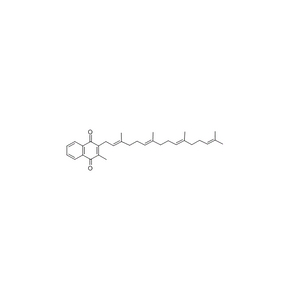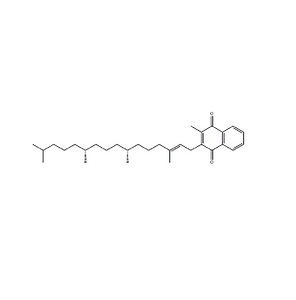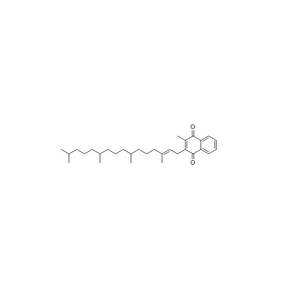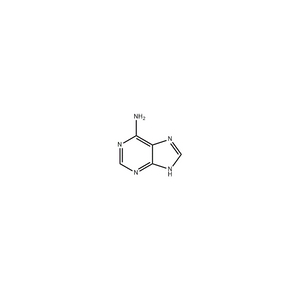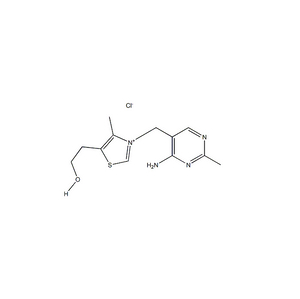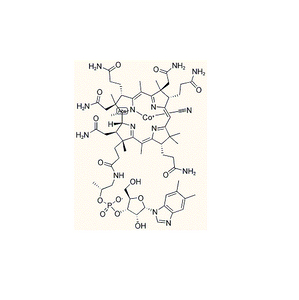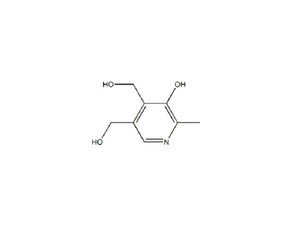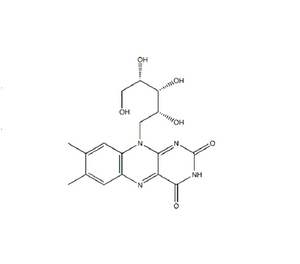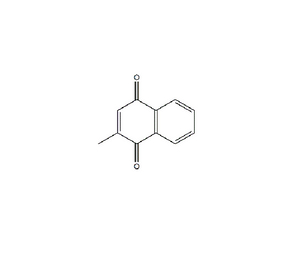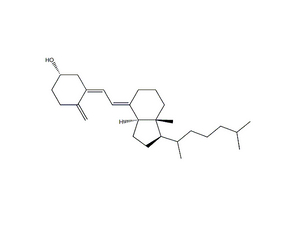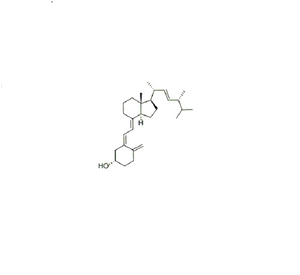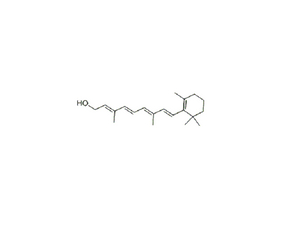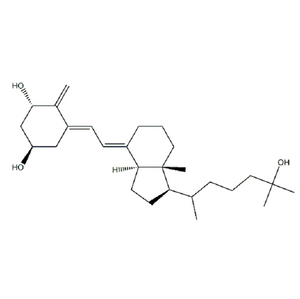Payment & Shipping Terms | Supply Capacity |
Payment Terms: | T/T, WU | Production Capacity: | 500T/year |
Min. Order: | 1 Gram | Packing: | according to the customer's requirements |
Means of Transport: | Ocean, Air, Land | Delivery Date: | 7 days |
VE
CAS: 59-02-9
Item | Index |
Molecular Formula | C29H50O2 |
Molecular weight | 430.71 |
Specification | CP/USP/EP |
Appearance | clear yellow oil |
Density | 0.95 g/mL at 25 °C(lit.) |
Melting point | 2.5-3.5 °C |
Specific rotation | 24 º (c=2, in isooctane 25 ºC) |
Refractive index | n20/D 1.505(lit.) |
Flash point | 253 °C |
Solubility( in water), | Insoluble |
Vitamin E refers to a group of eight fat-soluble compounds that include both tocopherols and tocotrienols. Of the many different forms of vitamin E,γ-tocopherol is the most common in the North American diet. γ-Tocopherol can be found in corn oil, soybean oil, margarine, and dressings. α-tocopherol, the most biologically active form of vitamin E, is the second-most common form of vitamin E in the diet. This variant can be found most abundantly in wheat germ oil, sunflower, and safflower oils. As a fat-soluble antioxidant, it stops the production of reactive oxygen species formed when fat undergoes oxidation. Amounts over 1,000 mg (1,500 IU) per day are called Hypervitaminosis E, as they may increase the risk of bleeding problems and vK deficiency.






